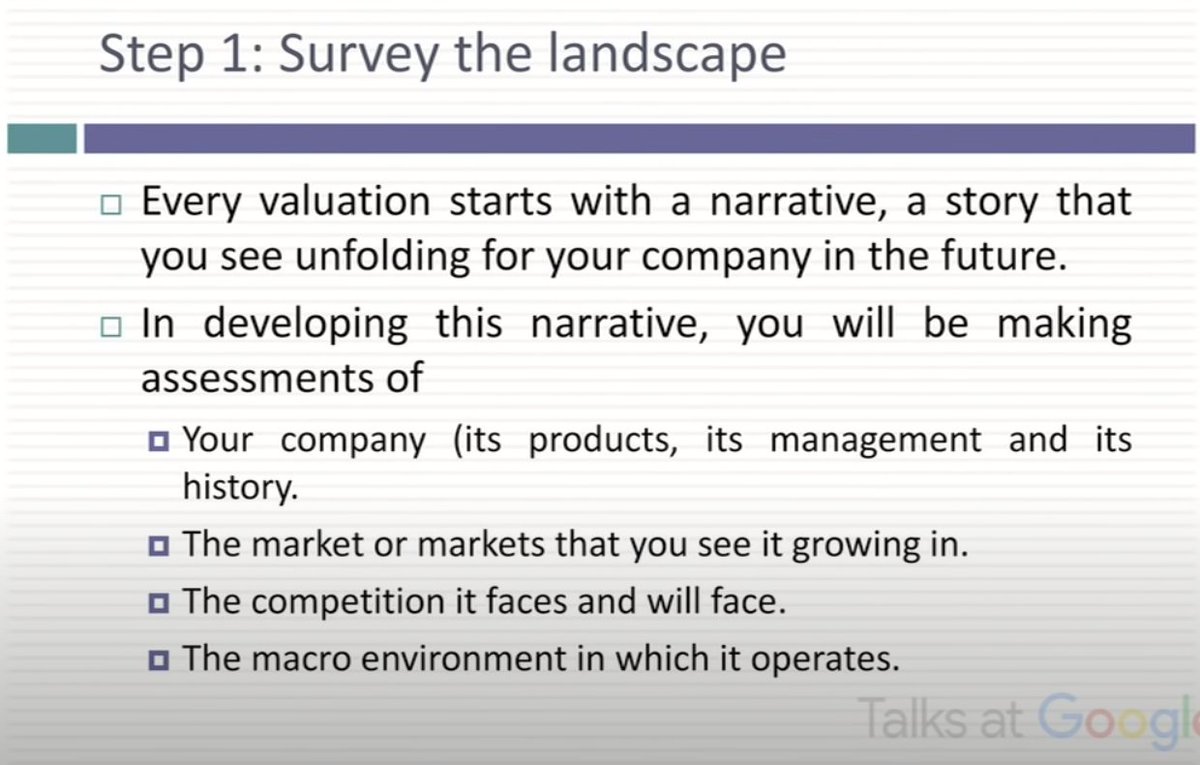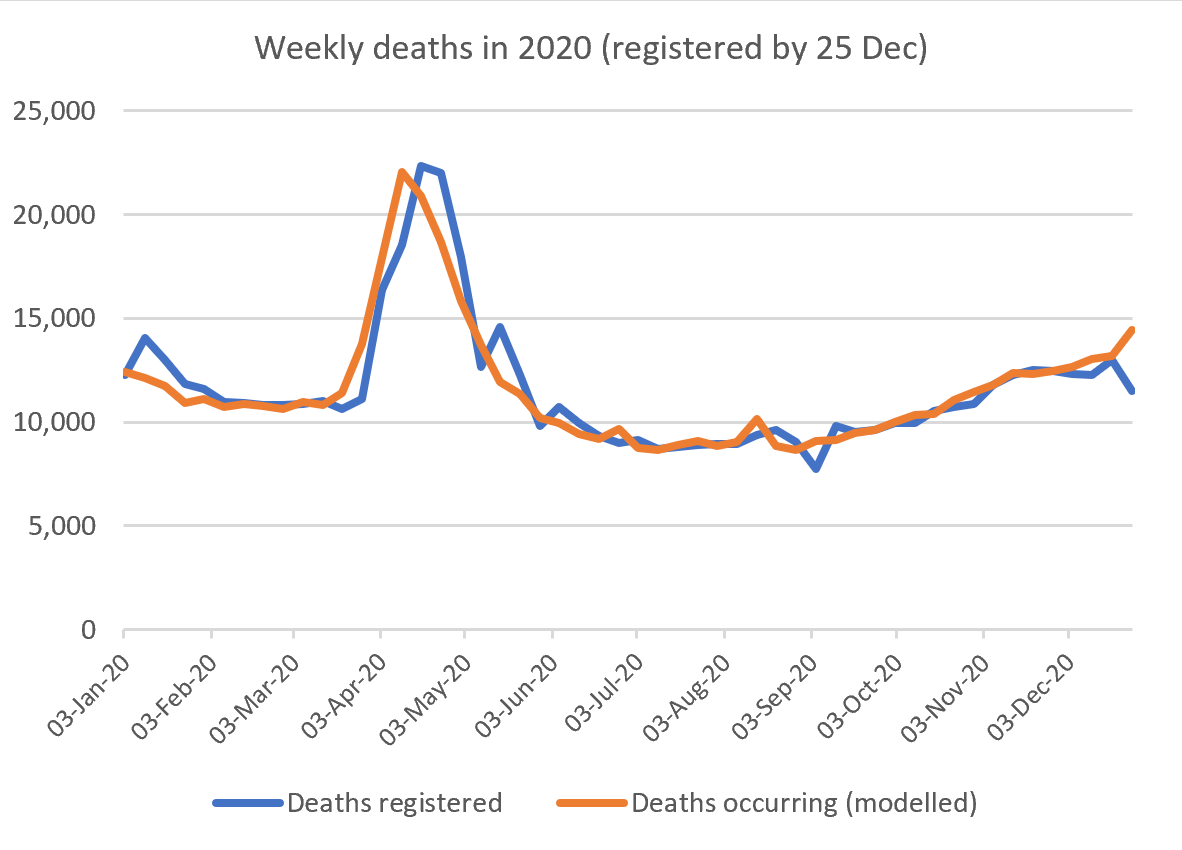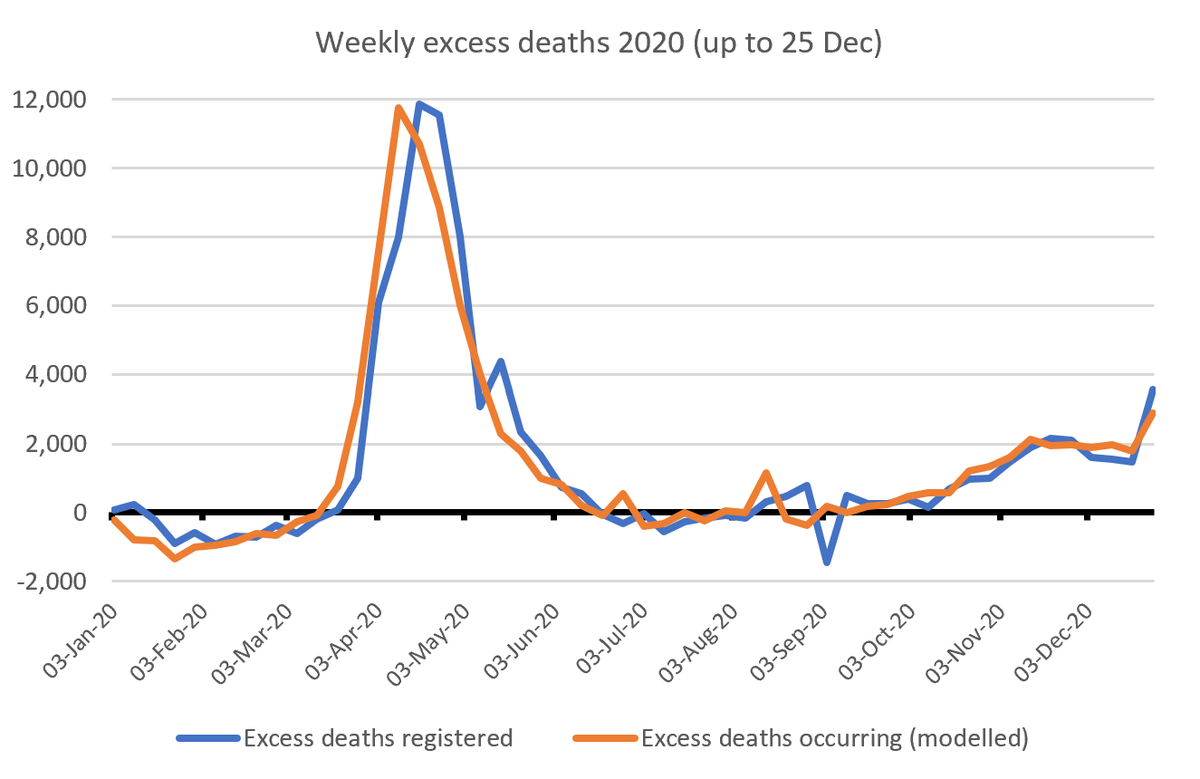Categories Economy
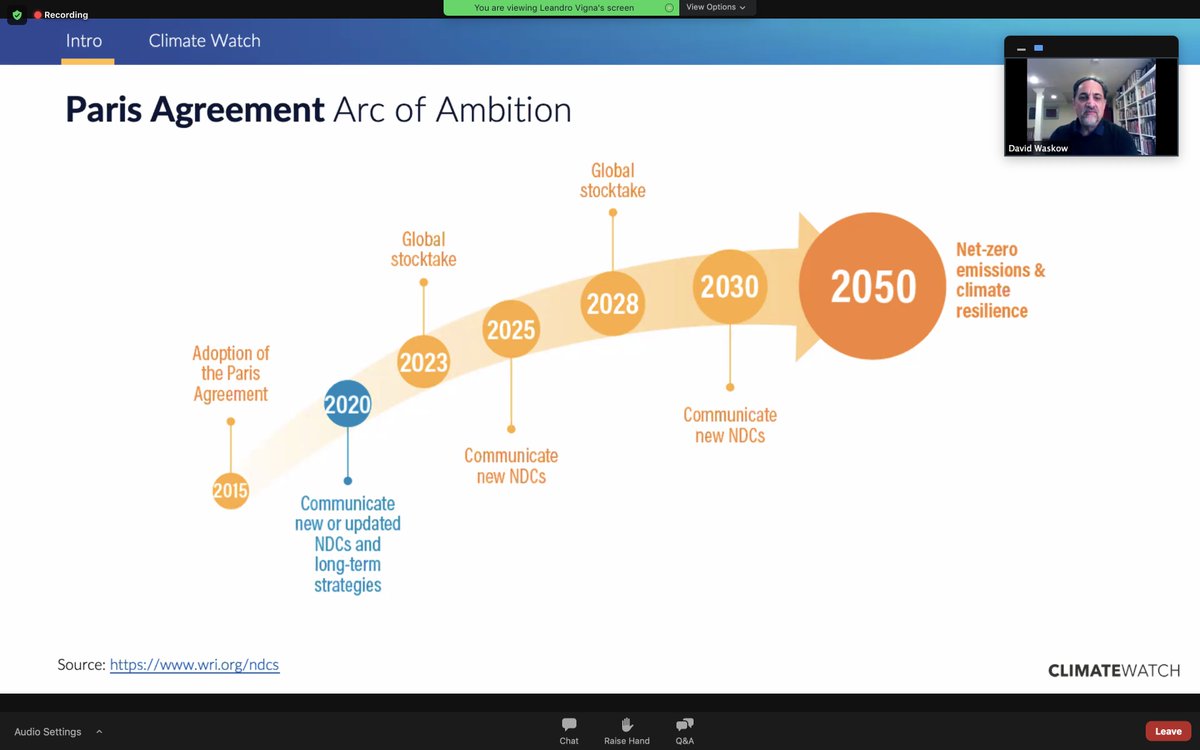
The world is currently WAY over our #carbonbudget for where we need to be to align with #ParisAgreement. Orange= countries will do under any event; red = conditional (e.g., will do if they get needed finance). We have LOTSA emissions to reduce fast @davidwaskow @WRIClimate (2/n)
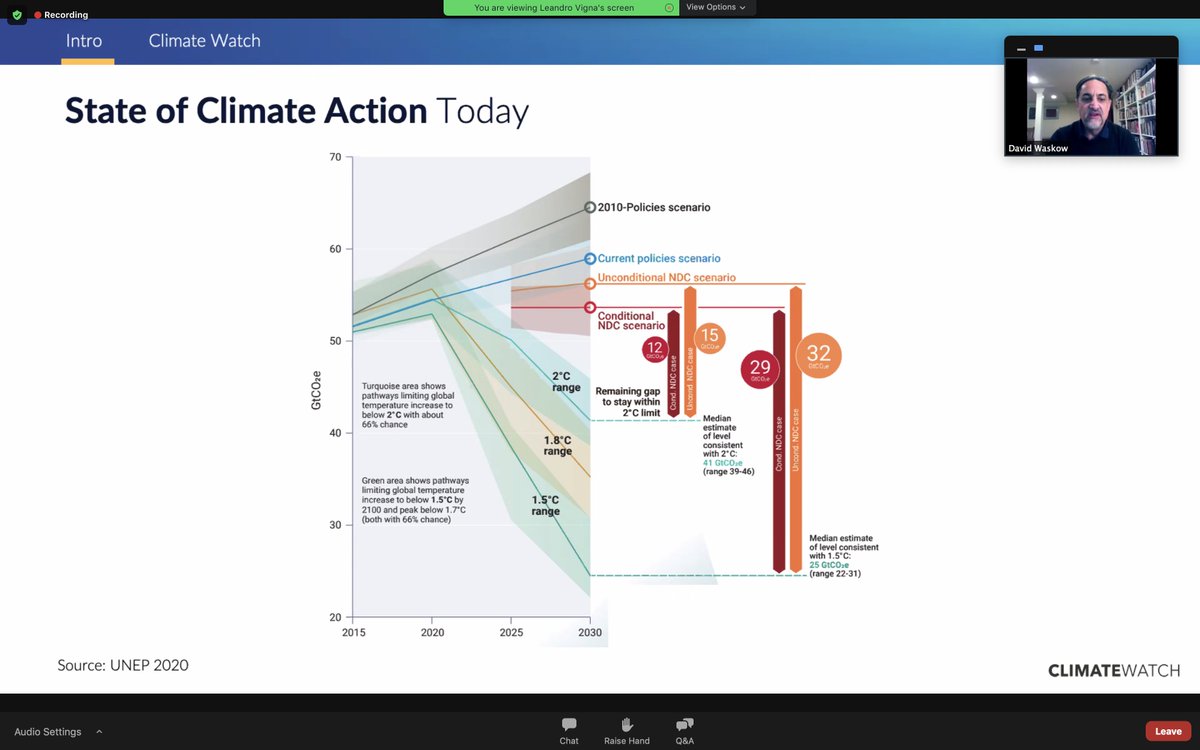
Of 21 indicators assessed for #ParisAgreement:
2 are on track (e.g., crop yields)
13 right direction but too slow (e.g., need electric vehicle sales to be 22x faster than now)
2 in wrong direction: forests, ag emissions
@davidwaskow from @climateactiontr, @WRIClimate et al 3/n
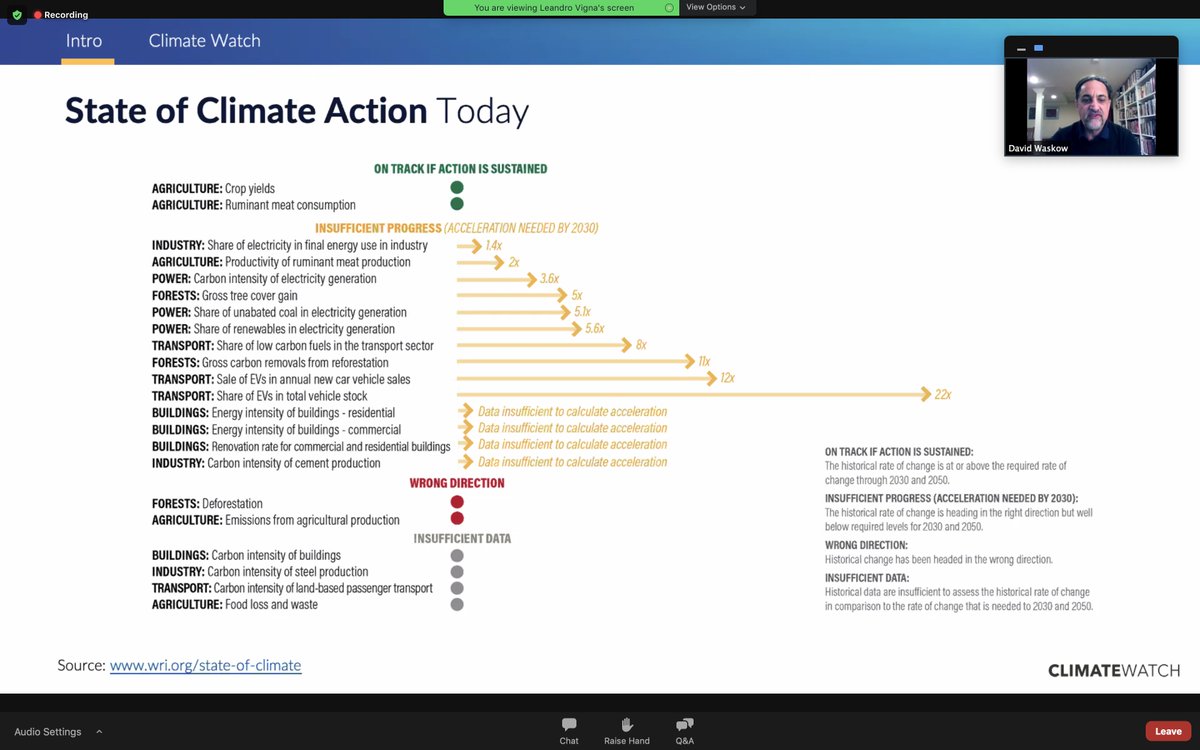
Current state of play: 12 Dec 2021= 5 year #ParisAgreement anniversary. Look for more announcements of national climate pledges. Some new pledges already released, but many govt's focused on #COVID19 recovery- important to link with climate-compatible recovery. @davidwaskow 4/n
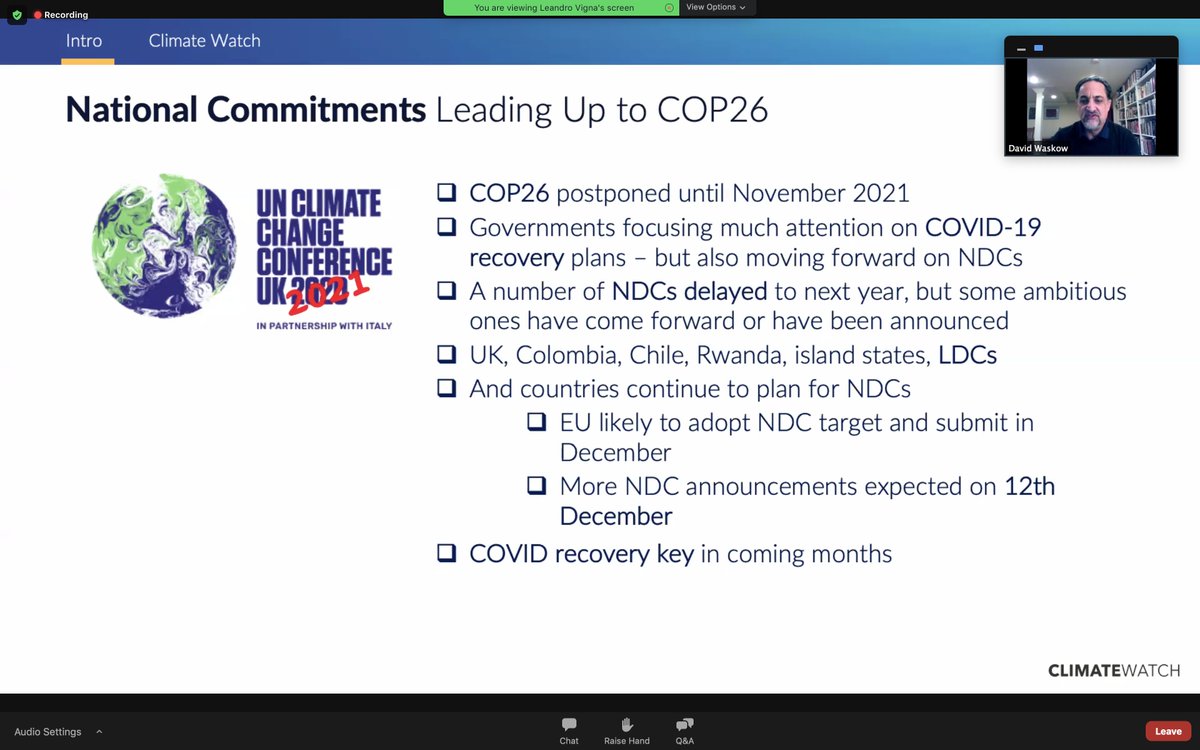
What is https://t.co/kymb46d9yv?
100s of credible datasets,
100,000s of data points
to assess #climate trends, targets, bring transparency to inform + drive #ClimateAction.
For govts, biz, researchers, NGOs
Run by @JohannesFried.
(See also other forest, energy, ... tools) 5/n

1/6 Next thread re Air Policing is on Airborne Early Warning (AEW) aircraft (to follow on from Radar, QRA and tankers). Previously the domain of only the richest countries, an increasing number of nations are availing of AEW aircraft to act as another force multiplier. https://t.co/LUpi2bZYBY
— IDFOC (@_IDFOC) December 16, 2020
2/18 That’s before you get to the whole argument about twin engine vs single engine safety overwater argument. For now, it’s enough to put forward the options in broad outline.
Option 1: Surface-to-Air missiles only
This option is included because there’s always someone...
3/18 ...who will say ‘just get missiles’, because they think that this will be somehow cheaper. Modern long-range surface-to-air missile (SAM) systems, however, are not significantly less expensive than fighter jets. They also have an issue in how many times you can use them.
4/18 They have an even bigger issue in that your solution to what may only be an airliner with a broken transponder is to blow it out of the sky.
@ConorHogarty @mupper2 @kevpipps
5/18 While there are many good reasons why the @defenceforces should upgrade its SAM capability, these are largely related to the blended warfare now being rolled out globally with the increasing use of basic drones and larger unmanned aerial systems. @conormlally @RuthMCasey
There is both good news and bad news buried in the report.
Most often, too much attention is paid to the headline month on month numbers.
1)

2) In year over year terms, total nonfarm payrolls did not increase for the first time since the pandemic. Generally, this is a negative.

3) Under the hood, most of the decline was in the government sector so it makes more sense to look at private payrolls in this context.

4) Private payroll growth continues to increase but the gains are clearly slowing down - this is to be expected.
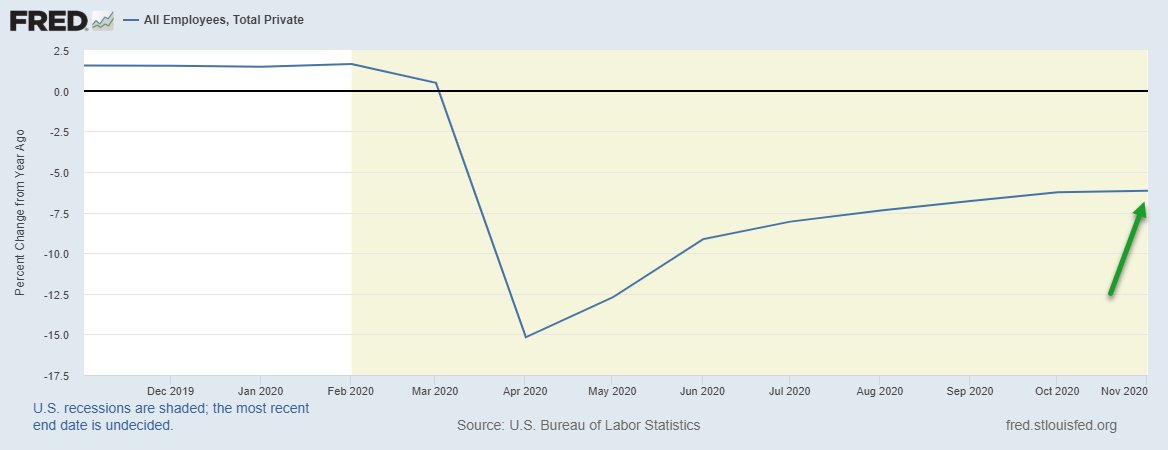
5) The troubling part of the report was the labor force participation rate which remains stubbornly low.
As @R_Perli highlighted, if the LFPR does not increase back to pre-COVID levels, we're going to struggle with weaker trend potential growth.
https://t.co/zw7fCZ2gfY
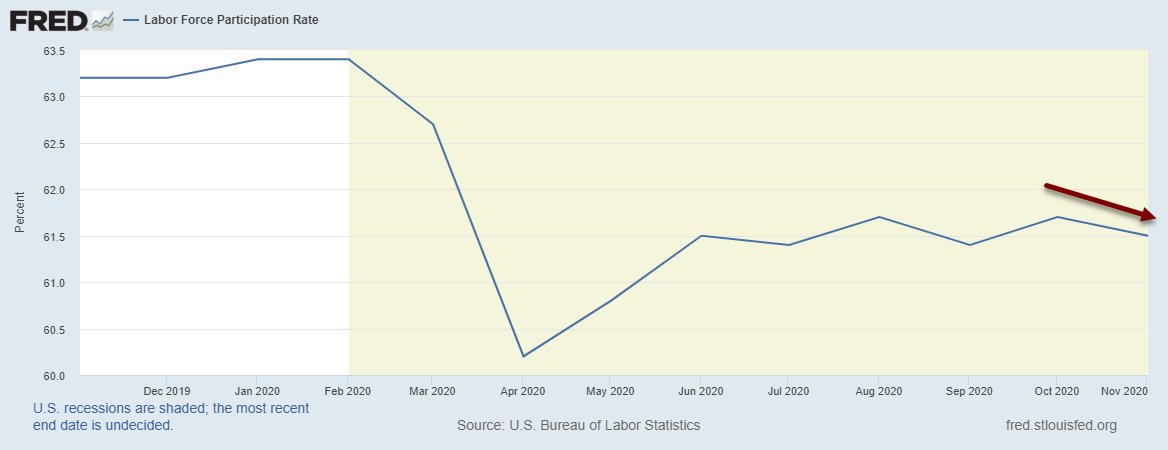
The worst part of the employment report is the stall in the labor force participation rate (-0.2% today and about 2% lower than pre-#COVID19).
— Roberto Perli (@R_Perli) December 4, 2020
The longer participation stays depressed, the harder it will be to bring those workers back, and the lower potential growth will be. pic.twitter.com/7u966oxBME
A 𝘁𝗵𝗿𝗲𝗮𝗱 on how mitigation works, why we probably need some level of carbon capture & storage (CCS) & carbon dioxide removal (CDR) - just not as much as in scenarios.
Based on my presentation ↦ https://t.co/j5uLxUi0xF

2. We start with a baseline or reference scenario, that assumes no or limited mitigation. If we want to stay "well below 2°C" we need to get rid of the dark grey & be net-zero!
We can argue about the baseline, but for the purposes here, it doesn't matter https://t.co/C0dAdj65tl

3. The heavy lifting is done by conventional mitigation: behavioural change, energy efficiency, fuel switching (fossils to non-fossils), changed transport, dematerialisation, etc, etc...
But, scenarios suggest this is not enough to get rid of all greenhouse gases.

4. In some sectors, particularly some industrial sectors, perhaps the cheapest or only way to mitigate is with carbon capture & storage (CCS), eg, cement, steel, chemicals, etc
This is one reason we need CCS...
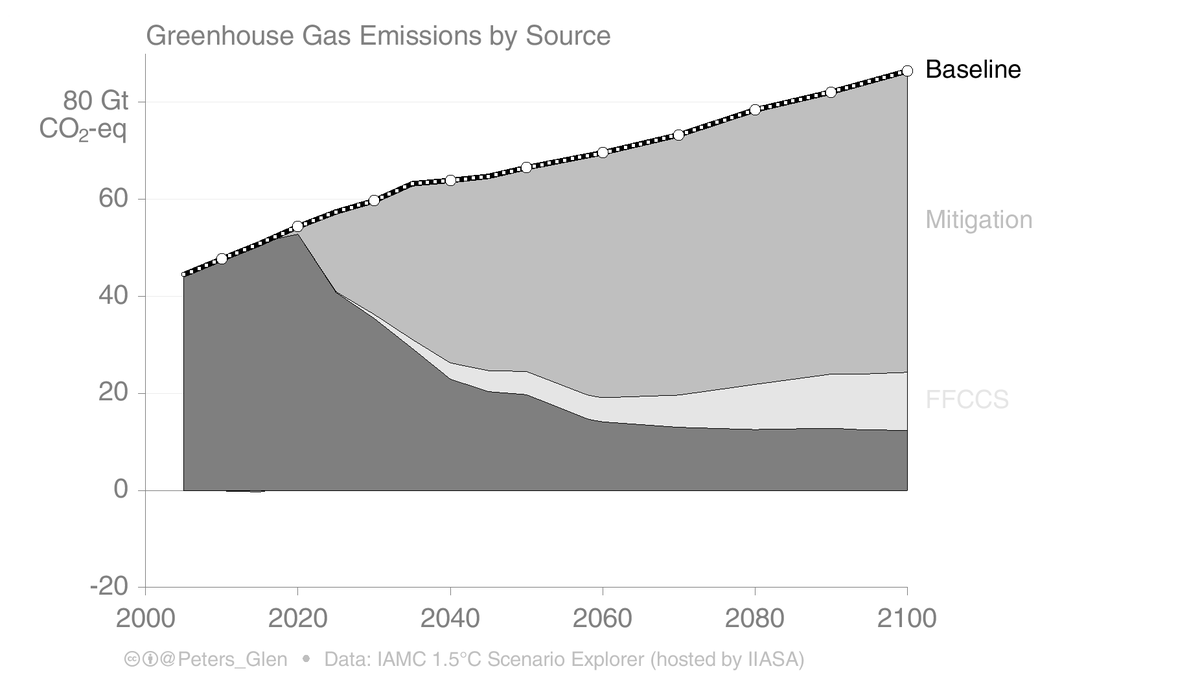
5. We can't forget about non-CO₂ emissions. We can probably get most non-CO₂ out of industry, but what about agriculture? Even if we change diet, reduce food waste, etc, we may not be able to eliminate CH₄ or N₂O from agriculture.
Some CO₂ & non-CO₂ remains (dark grey)...
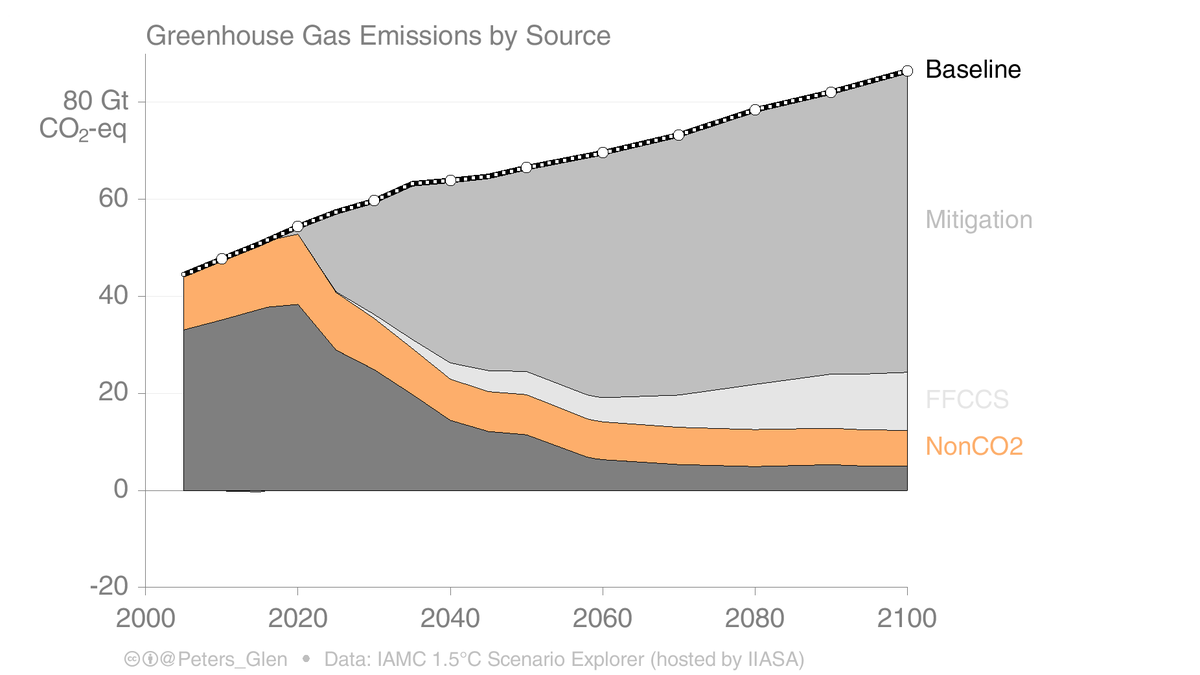
I wanted to wrap up the year by writing about something I have been thinking about for the last few months:
Who owns the best businesses in the world?
I am trying to draw a line from inherited wealth of feudal lords to community-owned services with tokens.

The last 1,000 years can be roughly split into two 500-year chunks: feudalism & capitalism. Feudal lords controlled all of the land, farms, buildings and capital. This was passed down inside families and never distributed to the workers.
Capitalism totally changed that.

Risk, reward and ruin were separated when joint-stock companies became more common. The prerequisite for successful entrepreneurship shifted from inheritance to initiative.
People without wealth could access it and start new ventures.
Founders started founding new companies.

Equity compensation kicked off in the 1950s but it really went into overdrive when it was mixed with high-growth technology companies backed with high-risk equity bets. Silicon Valley perfected the art. Employees at many of the most successful technology companies became owners.
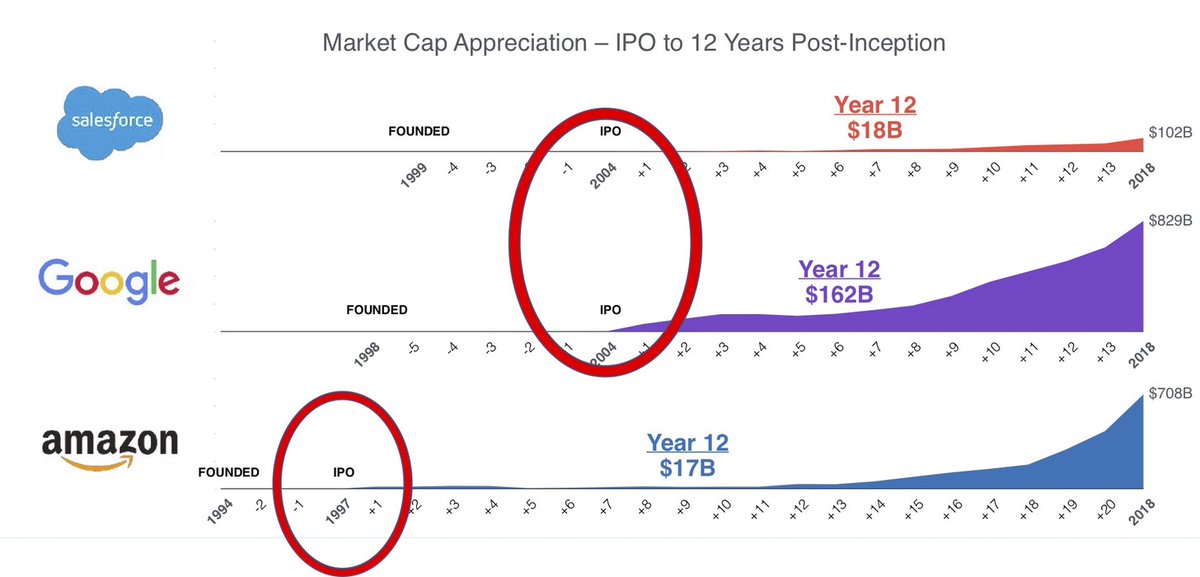
The SEC did two huge things this year. They raised the crowdfunding limit to $5m and introduced a proposal to allow gig workers to receive stock.
I predict that we will see competitors to Airbnb, Uber and DoorDash all take advantage of this
SEC: proposed pilot program to allow tech companies to pay gig workers up to 15% of their annual compensation in equity rather than cash https://t.co/EJjLWQatcr
— Jesse Walden (@jessewldn) November 24, 2020
Easy as ABC. How to do it.
[THREAD]⚠️
#LockdownLevel3
#Bushiri
#RamaphosaChallenge
Go online to the website of CIPC and register a new company for R175, registration is R125 and the name is R50.
Go to https://t.co/RJcCHvdgCl which is the easiest website vision for CIPC.
The boy travelled from Al-Jawf to Sana'a because al-Jawf is among "high intensity battlefronts" & is the target of repeated civilian airstrikes. https://t.co/1KlIN5ixTf
Also, roads are "damaged" because they're frequently bombed by US/Saudi airstrikes:
Shockingly, he's one of the lucky ones who managed to make it to a hospital.
Only 51% of health facilities are (barely) functioning: https://t.co/GBgKXM562t
And hospitals have been frequently targeted by airstrikes: For example:
International aid & donations are necessary for Faid & millions to survive because of the Saudi/US/UAE blockade that prevents Yemenis from trade and makes them reliant on aid instead. Before the war, Yemen imported 90% of its food; now, 80% rely on aid.
Famine hasn't been declared because the UN faces immense pressure from its top donors, the US & Saudi, who are also causing the famine in Yemen.
The US went as far as pressuring the UN to restrict aid to Northern Yemen, where 70% of Yemenis live:
\u0787\u07a8\u0782\u07b0\u0791\u07a8\u0787\u07a7 \u0790\u07a8\u078a\u07a6\u0787\u07a8\u0782\u07b0\u078e\u07ac \u0787\u07a6\u078b\u07a6\u078b\u07aa \u0780\u07a7\u0789\u07a6\u0782\u07aa\u0786\u07aa\u0783\u07a8 \u0789\u07a6\u0787\u07b0\u0790\u07a6\u078d\u07a6 \u0780\u07a6\u0787\u07a8 \u0786\u07af\u0793\u07aa\u0782\u07b0 \u0784\u07a6\u078d\u07a6\u0787\u07a8\u078e\u07ac\u0782\u07b0\u078a\u07a8 https://t.co/qIYqo1RCo0
— Mihaaru (@Mihaarunews) December 8, 2020
And that means owning up to why Indian military assistance is needed. This requires large national conversation about the threat of Islamic extremists in the Maldives, explain the dangers and the opportunity cost of an attack etc. /2
People will except we'll reasoned decision making. And the public already has a frame of reference to indian military assistance from November 3rd 1988. So none of this is new or a surprise. /3
What is being weaponised is this imagined spectre of loss of autonomy for the country by collaborating with indian military on national security issues. This is an easy problem to solve. /4
The solution is merely laying out how national autonomy is maintained in such a national security collaboration. It's not like the Maldives can defend itself from any foreign military invasion anyways. /5






















